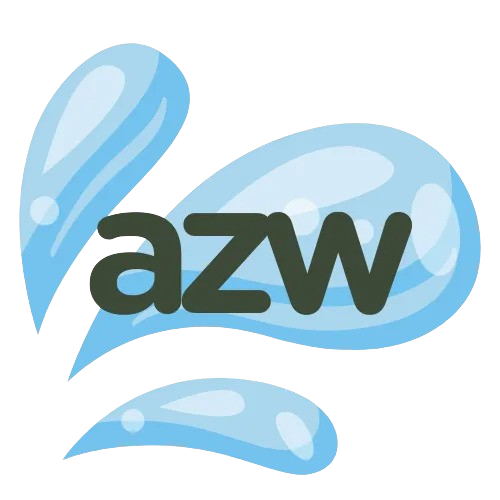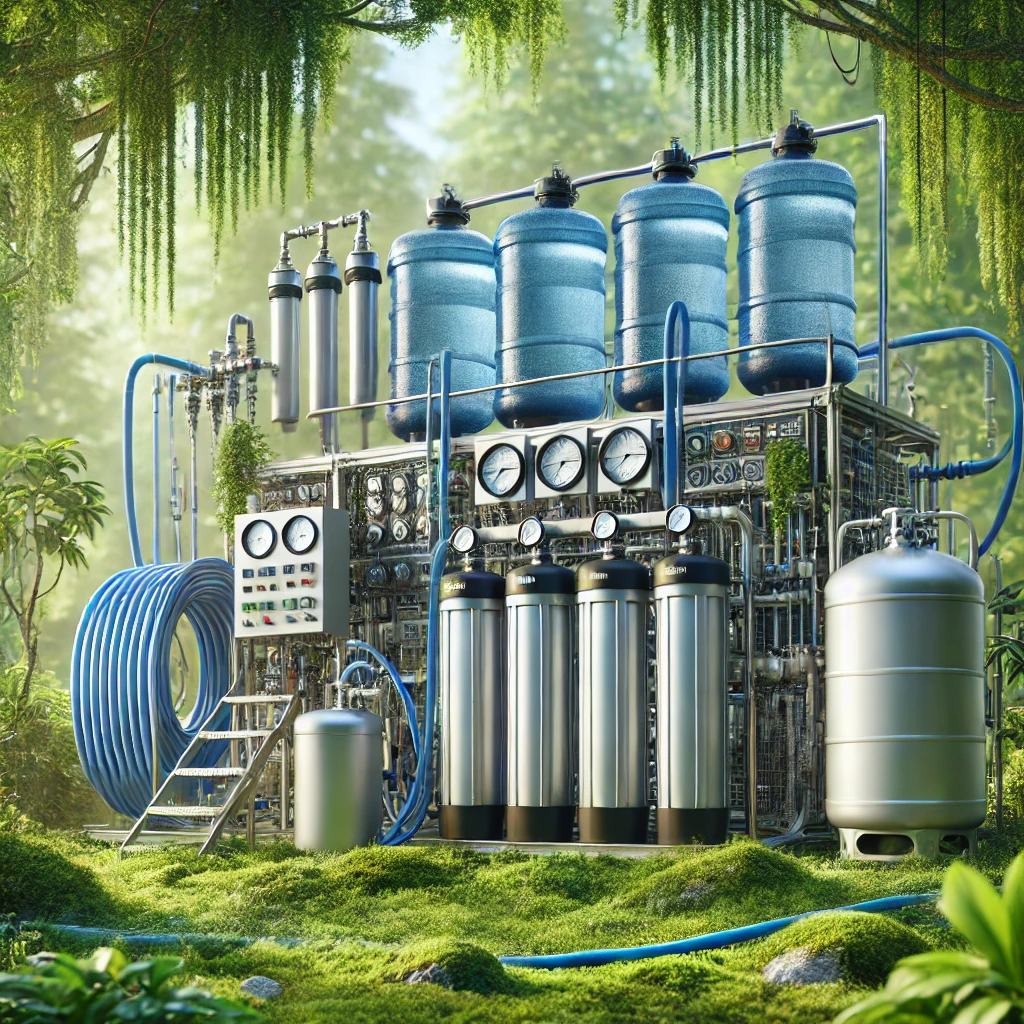When you’re hiking, camping, or exploring the great outdoors, it’s crucial to stay hydrated with clean water. But are freshwater lakes safe to drink from? While drinking from a pristine lake might sound appealing, it can be risky. Understanding the risks of untreated water is essential to your health and well-being.
In this blog, we’ll take a look at the truth about natural water sources, focusing on whether freshwater lakes are safe to drink from, the potential hazards, and how to purify water from lakes before drinking it.
The Risks of Drinking Untreated Water
Freshwater lakes might appear clean, but are they safe to drink from? The answer depends on several factors. Even if the water looks clear, it could still harbor harmful microorganisms like bacteria, viruses, and parasites. Drinking untreated water from these sources can lead to:
- Giardia: A parasite that can cause stomach cramps, diarrhea, and nausea.
- Cryptosporidium: Another parasite that causes digestive issues and can be resistant to traditional water treatment methods.
- Bacteria and Viruses: Natural water can also contain harmful bacteria like E. coli and viruses such as norovirus, which can make you ill.
These pathogens often cannot be seen with the naked eye, which makes it difficult to assess the safety of the water. To minimize the risk of illness, it’s important to purify the water before drinking.
How to Safely Drink Water from Freshwater Lakes
While freshwater lakes are not generally safe to drink from untreated, there are several effective ways to make the water safe for consumption. Here’s how you can purify water from lakes before drinking:
1. Boiling the Water
One of the most reliable methods of purifying water is by boiling it. Boiling kills bacteria, viruses, and parasites, making the water safe to drink. Here’s how you can do it:
- Boil the water for at least one minute (or three minutes at higher altitudes) to ensure it’s safe.
- Let the water cool before drinking.
Boiling is an effective and simple method, but it requires a heat source, so it might not always be practical for hikers or campers.
2. Filtration Systems
Portable water filters are a popular choice for hikers and campers. They come in various sizes and designs, from simple pump filters to more advanced systems. These filters can remove bacteria, protozoa, and other harmful particles from the water. When choosing a filter, ensure it’s capable of removing microorganisms, as some only filter out larger particles like dirt and debris.
3. Chlorine Dioxide Tablets
Chlorine dioxide tablets are a lightweight and easy-to-use solution for purifying water while you’re on the go. These tablets release chlorine dioxide, a powerful disinfectant that kills bacteria, viruses, and parasites. To use them:
- Drop the required number of tablets into a liter of water.
- Wait for 30 minutes for the purification process to complete.
Chlorine dioxide tablets are perfect for hikers because they are small, easy to carry, and work quickly to make water safe to drink.
4. UV Sterilization
Portable UV sterilizers use ultraviolet light to kill harmful pathogens in water. UV sterilization works by disrupting the DNA of bacteria and viruses, rendering them harmless. It’s a quick process, but it’s most effective in clear water, so it might not work well in murky or contaminated water.
5. Water Purification Pumps
Water pumps are another option for purifying large amounts of water. These pumps push water through a filter to remove contaminants. They’re effective and efficient, but they can be bulky and require extra space in your gear.
When Is Water from Freshwater Lakes Safe to Drink?
While most freshwater lakes are not safe to drink from untreated, some may be cleaner than others. Factors that can affect water safety include:
- Location: Lakes in remote or high-altitude areas with minimal human activity are less likely to be contaminated.
- Appearance: Clear water is less likely to contain harmful microorganisms compared to cloudy or murky water.
- Wildlife: Lakes with wildlife activity may carry an increased risk of contamination from animal waste.
However, even if the water looks clean, it’s always best to purify it before drinking.
Why You Need to Invest in Water Purification Solutions
Are freshwater lakes safe to drink from? Generally, no. But with the right tools, you can make natural water sources safe for drinking. Investing in a pure water cleaning system or a portable filtration solution will help ensure you have access to safe water during your outdoor adventures.
Final Thoughts: Stay Safe, Stay Hydrated
When exploring the great outdoors, it’s essential to know are freshwater lakes safe to drink from. Most natural water sources contain harmful pathogens that can make you ill. By carrying a reliable water purification solution like chlorine dioxide tablets or a filtration system, you can ensure your water is safe to drink.
Protect yourself and your loved ones from waterborne diseases by investing in the right purification tools. At AquaZen Wellness, we’re committed to providing high-quality, eco-friendly solutions for clean and safe drinking water, no matter where you are.

